Introduction
Safety in the Lab
Safety Contract
Questions
- What protective clothing should you wear when handling body fluids?
- Before and after doing an experiment, what should you use to clean all work surfaces?
- What should be done with all disposable materials that may have come in contact with body fluids?
- Where should all procedures involving body fluids be carried out?
This is to certify that I have read and understood the guidelines for handling body fluids.
Name (Please Print): ______________________________
Signature: Date:_______
Download Contract [DOCX] to fill out and submit to your instructor.
WHMIS
The Workplace Hazardous Materials Information System, or WHMIS, is a nationwide program designed to provide specific, vital information about hazardous materials in the workplace, We use the system here in the Science Laboratories at Kwantlen. The system has three components:
- LABELS alert the user to the dangers of the product and to basic safety precautions. WHMIS identifies six distinct classes of hazardous materials and provides a symbol to be used in identifying each. Whenever you see one or more of these symbols on a reagent bottle please follow the listed safety precautions. Safe handling is designed to protect you from harm due to improper exposure to hazardous materials.
Symbol Meaning 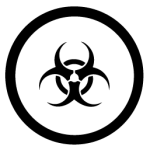
Biohazardous Biohazardous,
Infectious Materials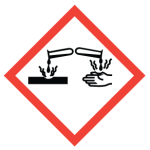
Corrosion Serious Eye Damage,
Skin Corrosion,
Corrosive Metals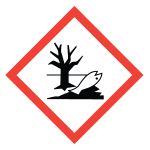
Environment Aquatic Toxicity
(Not required by WHMIS but may be used)
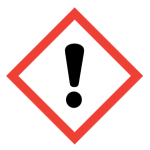
Exclamation Mark Irritation (skin or eye)
Skin Sensitization,
Acute Toxicity (Harmful),
Specific Target Organ Toxicity (drowsiness, dizziness, or respiratory irritation)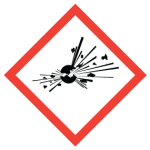
Exploding Bomb Explosive,
Self-Reactive (Severe),
Organic Peroxide (Severe)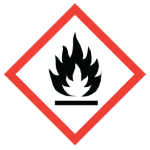
Flame Flammable,
Self-Reactive,
Pyrophoric,
Self-Heating,
In Contact with Water,
Emits Flammable Gas,
Organic Peroxide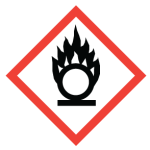
Flame Over Circle Oxidizer
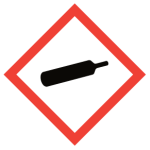
Gas Cylinder Gas Under Pressure
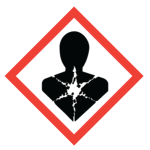
Health Hazard Carcinogenicity,
Respiratory Sensitization,
Reproductive Toxicity,
Specific Target Organ Toxicity,
Germ Cell Mutagenicity,
Aspiration Hazard
Skull and Crossbones Acute Toxicity (Fatal or Toxic)
- SAFETY DATA SHEETS (SDS) provide detailed information about product composition, reactivity, health effects, preventative measures and emergency responses. These sheets are available in the lab. Please access them if you require more detailed information about any other products that you are required to use in the lab.
- EDUCATION AND TRAINING PROGRAMS instruct and educate workers concerning the content, purpose and significance of labels and Material Safety Data Sheets. All University employees who work in the lab have some training on WHMIS and should be able to assist you with your questions.
No food or drinks of any kind (including water) are permitted in the lab. This is to protect people from ingesting any potentially hazardous materials used in the lab, and to protect the equipment in the lab.
As a courtesy to the other people working in the lab, all cell phones must be turned off before entering the lab.
Remember, the lab is a learning environment, so please try to keep noise levels down.
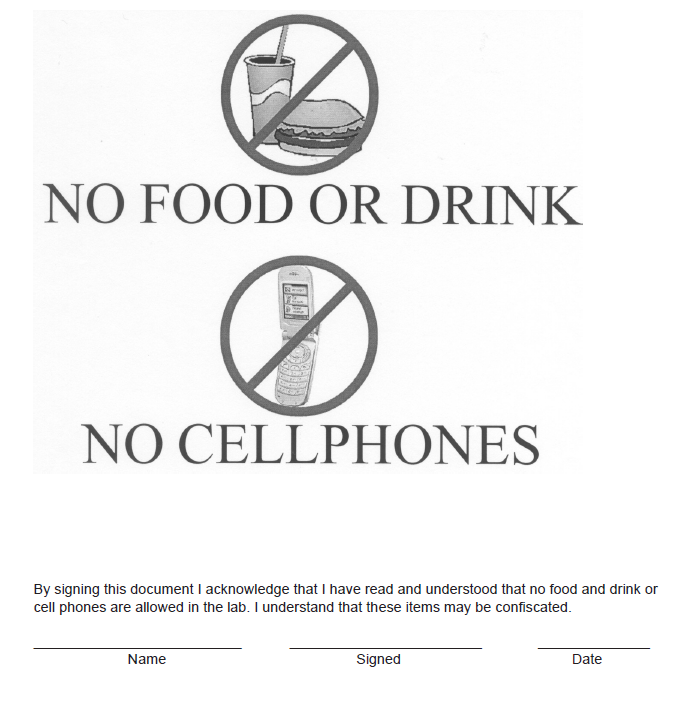
Download No Food/Drink or Cellphones Poster [DOCX] to fill out and submit to your instructor.

